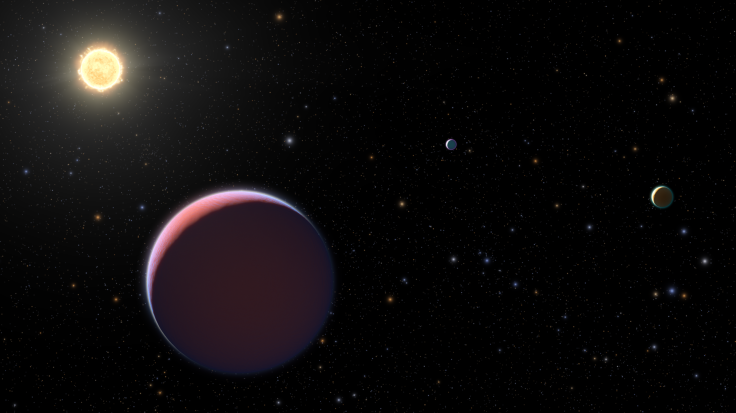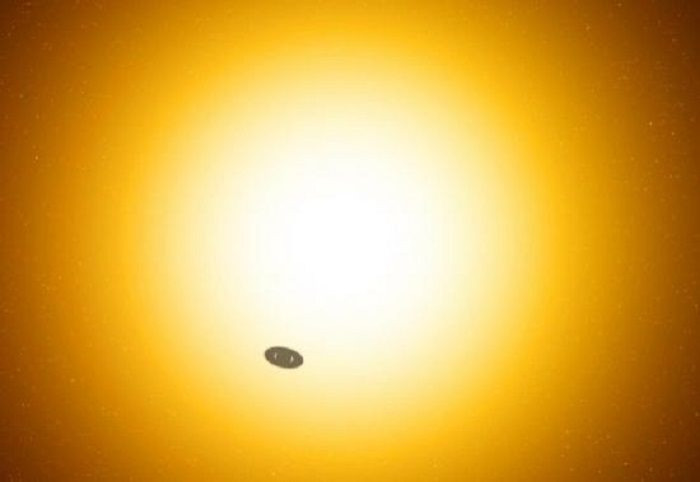Some Cotton Candy Planets May Be Ringed, Not Puffy

KEY POINTS
- Scientists want to see whether 'cotton candy' planets are actually ringed, not puffy
- Only some of the super-puffs can be explained by rings
- Three super-puffs are the best candidates for being ringed planets
- Further studies have to wait for the launch of the James Webb Space Telescope
Are super-puffs really puffy or can something else explain why they seem so airy? In a new study, researchers explored the possibility of whether these so-called cotton candy planets may not be so puffy after all but can instead be explained by rings.
Super-Puffs
Super-puffs, also known as "cotton candy" planets, are called as such because of their exceptionally large radii for their masses, suggesting that they have significantly low densities. In fact, these planets tend to be as large as our solar system's Jupiter but are roughly a hundred times lighter in terms of mass.
This growing group of airy planets has been quite a mystery to scientists because they look nothing like the planets in our solar system and, they challenge the current ideas of what distant planets are like.
In a new study, Anthony Piro of the Carnegie Institution for Science and Shreyas Vissapragada of Caltech sought to explore whether the planets are actually "puffy" or if the reason why they seem to be cotton candy-like is that they are actually surrounded by rings, much like our solar system’s Saturn.
The idea stems from how the radii of planets are measured, which is by the "dips" in the light of the host star when the planet passes. Under this method, larger dips are equal to a larger exoplanet.
"We started to wonder, if you were to look back at us from a distant world, would you recognize Saturn as a ringed planet, or would it appear to be a puffy planet to an alien astronomer?" Vissapragada said.
Ringed Or Puffy?
To find a possible answer to this question, Piro and Vissapragada simulated how a distant ringed planet would look like if an astronomer looked at its transit in front of its star. Interestingly, the pair found that some of the super-puffs so far discovered by NASA's Kepler mission can be explained by possibly having rings but not all of them.

"These planets tend to orbit in close proximity to their host stars, meaning that the rings would have to be rocky, rather than icy. But rocky ring radii can only be so big unless the rock is very porous, so not every super-puff would fit these constraints," Piro explained.
This limit is applicable to Kepler 51b, 51c, 51d, and 79d. Meanwhile, Kepler 18d, 223d, and 223e may be spinning too slowly that their possible rings could be warped by their parent star.
Of the super puffs, the best candidates to be explained by rings are Kepler 87c and 177c as well as the recently discovered HIP 41378f.
That said, the currently existing space telescopes do not have the precision to actually confirm whether or not they have rings. This means that follow-up observations would have to wait until the launch of NASA's James Webb Space Telescope in March 2021.
The study is published in The Astronomical Journal.
© Copyright IBTimes 2024. All rights reserved.






















